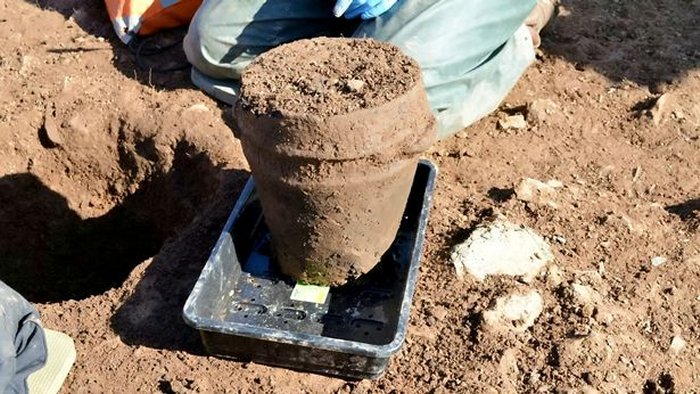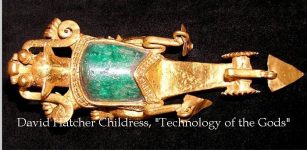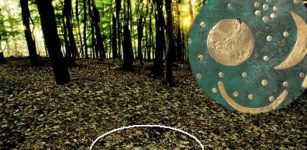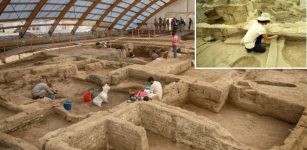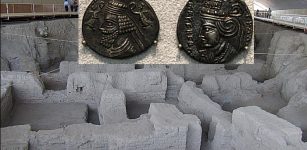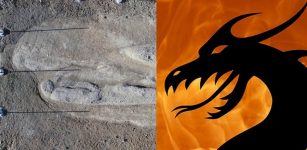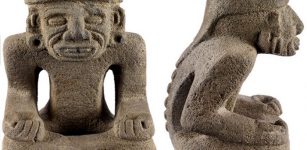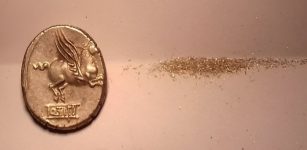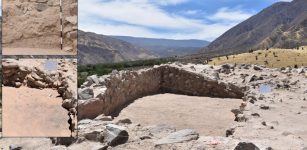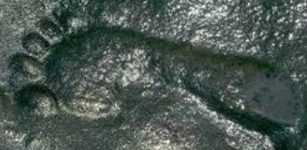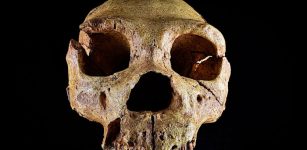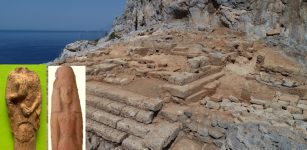Mystery Surrounds Newly Discovered Bronze Age Burial In Southwest England
AncientPages.com - Cornwall Live reports that 4,000-year-old burnt human remains have been found on a farm in Cornwall in what is believed to be evidence of an unknown ritual dated back to the medieval period.
A team of volunteers who investigated a Bronze Age burial mound made this discovery, which also included evidence of food, Cornish Bronze Age pottery, flint tools and two high-quality hammer stones, used to make flint tools.
"We were so excited to find such a lot of archaeology on the site despite scores of generations of ploughing, but to find an intact clay urn buried 4,000 years ago just 25 centimeters beneath the surface is nothing short of a miracle,“ archaeologist Dr Catherine Frieman from the Australian National University (ANU), who led the project.
"This is a sealed, intact cremation so it has the potential to tell us a lot about the cremation rite as it was practiced 4,000 years ago.
"We also appear to have some identifiable fragments of bone among the cremated remains so we'll potentially be able to tell a lot about the individual themselves,” said Dr Frieman, adding that analysis of pieces of bone in the urn could reveal the person’s gender, age, diet, and origins.
The ancient and very complete burial, which will shed light on its history, is somehow related to an unknown medieval ritual, which, for now cannot be explained.
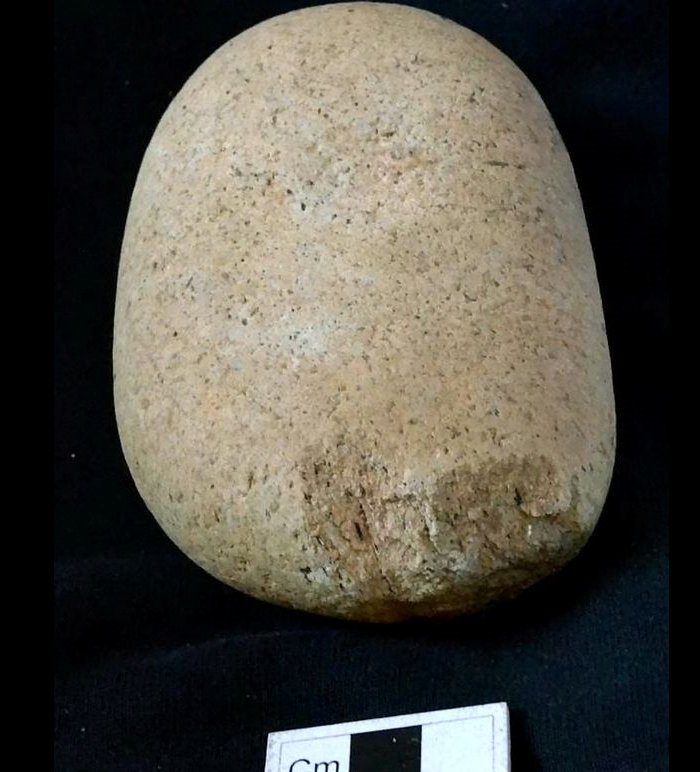
A 4,000 year old clay pottery urn containing a human cremation unearthed on an archaeological dig in Cornwall. Image credit: cornwalllive.com
Dr Frieman said that the site also revealed a medieval pot dateds to the 12th or 13th century AD, which was carefully placed under a couple of layers of flat stones. It had some cooked food remains adhering to it and we don't know what it's doing there or why.
"Hundreds of years after the barrow was built, someone from the 12th or 13th century came back to this site and dug into it to bury this pot.
"At that stage there were two local monasteries in view of this site, as Looe Island was a satellite monastery of the Glastonbury Abbey, so it would be very strange to have non-Christian activity on this site.
The team also excavated traces of a round, house - an ancient dwelling or possibly land marker nearby, dated to about 500 BC.
"This was a traversed place and regularly visited over the millennia, it affords a sweeping view of the south coast of England and we know that there are a series of Bronze Age shipwrecks off this coast, so this was an important shipping highway in prehistory," Dr Frieman added.
AncientPages.com

